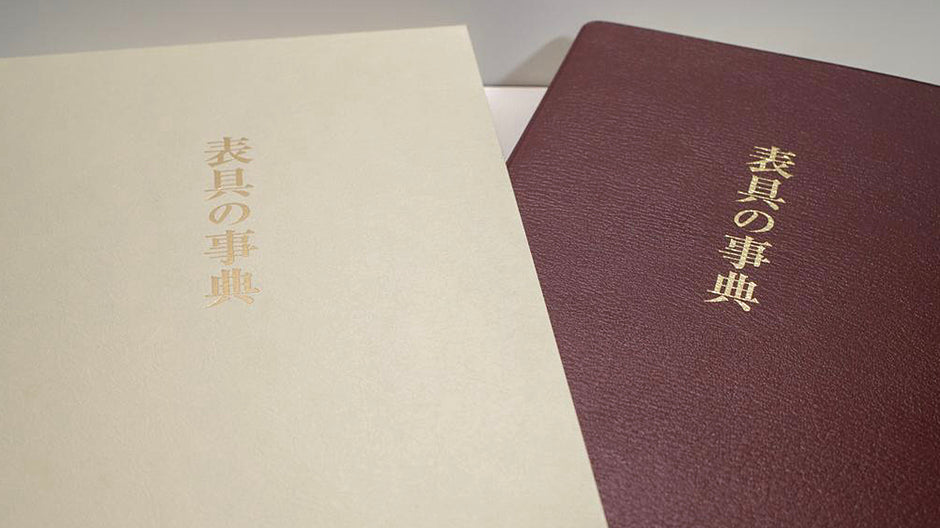**********
How are you all going around this time, it's hard to get out of the way?
In this lab, Pigment Blue Project has started to share the work with blue theme in the hashtag #pigmentblueProject. The work can be a picture, a photo, or anything. We hope that everyone who loves art will be able to heal themselves calmly at home.
Here are some recommended books to help you enhance your life at home. This time, we will introduce the "Encyclopedia of the Tools" published by the Kyoto Central Association.
As I often introduced in the article, the table tools refers to the process of tailoring vulnerable supporters into scrolls, sliding doors, folding screens, etc. in Japanese paintings. The act of tailoring this table is not the relationship of Ergon (work)/Palelgon (outside of the work, secondary, secondary)*1, as seen in Western art. The boundary is very ambiguous.
However, even if you say a tip, it varies depending on the work. Looking at the "E national treasure"*3 operated by the National Cultural Property Organization, you can see that there are various formats in Oriental Art, and the tailoring has changed according to its purpose. This "Encyclopedia of the Viewing Calls" is an important guidance for appreciating Japanese art works that have been loved after eternity.
For example, in the case of a scroll, such a proper noun is attached for each part.
How many readers can answer?
*4
That's not the only wonderful thing about this book. As mentioned above, the front tools are the first art work by being integrated with the paintings. Therefore, there is also a commentary on paintings drawn in the support. For example, if you open the page of "Genji Monogatari", you will explain carefully. In other words, this book is an encyclopedia that can comprehensively research Japanese art itself.
*5
In addition, the appendix introduces the main variable pseudonym.
As there is the word "Kotogi calligraphy" in Oriental art since ancient times, understanding the book is one of the important factors that tastes Japanese art.
*6
A world of table tools that tend to be thought to be distant. However, knowing the table is no exaggeration to know Japanese art.
Now that the museum is closing, this dictionary will be a good supporter for appreciating art works online.
This book is sold on the Kyoto Measures Association website.
Also, on the association's page, this is carefully explained about the table tools.
If you are interested, please access it.
Kyoto Measures Association
http://www.kyoto-hyousoukyoukai.jp/
*1 Tae Hoshino "Palelgon / Ergon" Artscape
*2 For example, if you look at the Paolo Di Giovanni FEI, a Virgin and child statue stored in the Metropolitan Museum, you can see that there is no picture frame and the area around the painting is decorated by expression of unevenness.
https://www.metmuseum.org/art/collection/search/437248
*3 "E national treasure"
http://www.emuseum.jp/top?d_lang=ja
*4 Metropolitan Metropolitan Metropolitan Association (edition). "Encyclopedia of Tools" (2011) .p36
*5 The previous post.p137
*6 The previous post.p384-385

